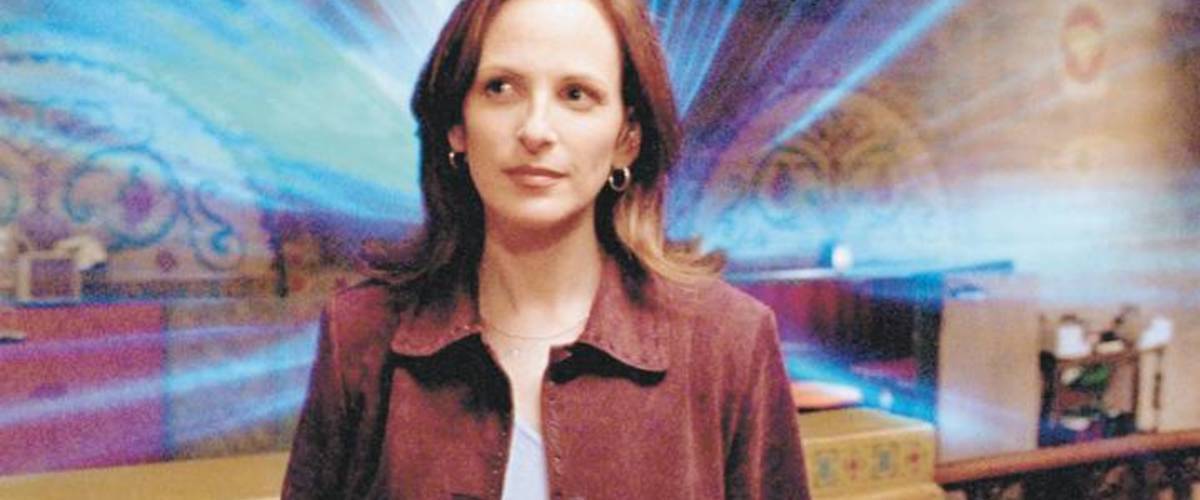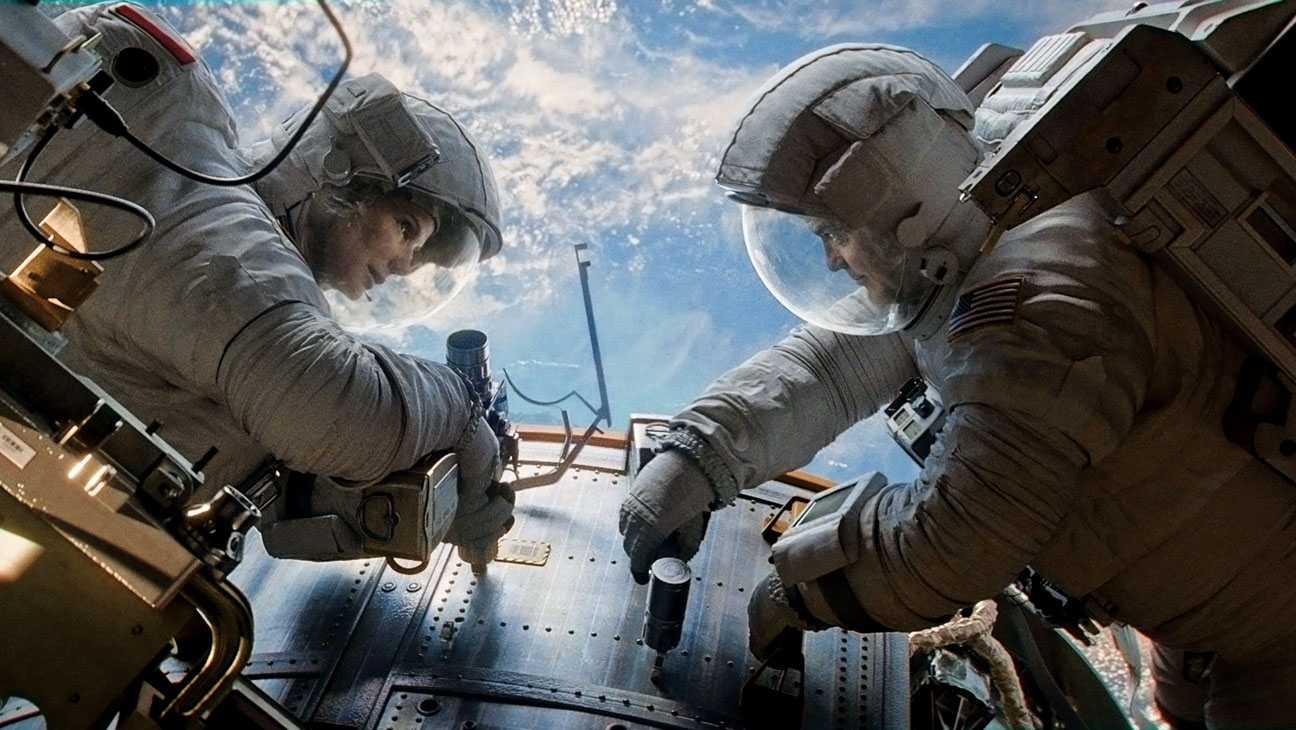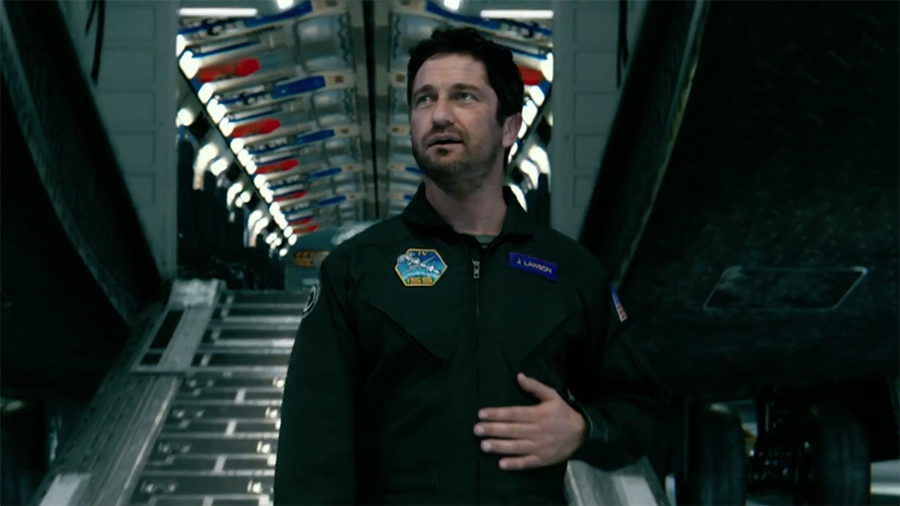6. What the Bleep Do We Know!? (William Arntz, Betsy Chasse & Mark Vicente, 2004)

Of all the entries on this list, What the Bleep Do We Know!? might be the hardest to call a “film” in the traditional sense. It may seem like a blend of different genres, moving back and forth from narrative comedy-drama to documentary-style interviews and extended animated sequences. But the sad truth is that this entry is little more than an extended infomercial that supports the idea that there is a link between quantum mechanics and consciousness that allows human beings the ability to shape and form the universe and their experiences merely by thinking about it.
The basic premise of this project is the story of Amanda (played by Academy Award winner Marlee Matlin) and her journey through a multitude of different perspectives and experiences through the prism of this concept while an assortment of talking heads (some of whom have their words taken out of context to support these notions) comment on her journey and what it means in terms of the theories they are purporting.
There are so many things wrong with the premise and thesis of this mind-bogglingly obtuse media presentation that one might find themselves unsure of where to begin, but the bottom line is that What the Bleep Do We Know!? (even the title is aggravating) peddles the lowest form of pseudoscientific drivel that even Doctor Oz would be hesitant to promote it on his show. This abomination, of which the only comparison to film it might boast of is the fact that it was both shot with cameras, is a waste of time, energy, and mental brain power.
7. 2012 (Roland Emmerich, 2009)
If Hollywood loves a good apocalypse, Roland Emmerich might be its patron saint when it comes to disaster films. Although his previous film on the list The Day After Tomorrow had its considerable flaws, it was at least based in science. 2012, on the other hand, has as much in common with scientific plausibility as Home Alone does with good parenting.
Centered on the (now defunct) Mayan doomsday prophecy signifying the demise of humanity in the year 2012, the film features John Cusack as a failed science fiction writer who spends most of the time running away from worst-case scenario natural disasters including sunspots, earthquakes, and a jet plane escape from an eruption from the Yellowstone supervolcano. Ancient Mayan prophecies aside, the film features a plethora of implausible events.
For starters, while sunspots – one of the many causes – are capable of disrupting communication services on Earth, they are certainly not capable of causing giant tsunamis, particularly in the open ocean where the waves are much shorter than they appear on or near land.
Additionally, if the Yellowstone super volcano ever did explode, it would almost certainly create a nuclear winter-like environment that would render the world inhospitable, making it irrelevant whether John Cusack managed to survive or not – and he most certainly would not, as the planes would suffer total engine failure once in contact with the volcanic ash and ember spewed from the volcano.
8. Gravity (Alfonso Cuarón, 2013)

In his defense, Alfonso Cuarón is a very skilled director and he certainly went out of his way to make Gravity as beautiful and thrilling as possible, and the end result is undoubtably a very well-crafted and exciting film. Sandra Bullock and George Clooney star as astronauts on a space shuttle mission who get caught in a debris cloud caused by a missile strike on a satellite and find themselves trapped in orbit without a way home.
There are several key elements of the film that keep it from being a truly great film as opposed to merely a good one. While the weightlessness and the depiction of motion through outer space was certainly accurate as well as visually stunning, Sandra Bullock most likely would have died early on in the film during a sequence where she gets hurtled into the vacuum of space with no means of stopping herself (not even George Clooney with a jet pack could have saved her).
Next, if someone in space were to hurtle themselves at objects like the actors do in the film, they would suffer debilitating injuries such as crushed bones due to the high speeds and lack of friction in their environment.
Finally, the sequence involving the two characters connected to each other via a tether struggling against their own momentum could have been resolved quite simply: Bullock could have just pulled Clooney in instead of letting him unhook himself and float off to die of asphyxiation. Especially after Clooney did the exact same thing with his jet pack early on.
9. Lucy (Luc Besson, 2014)

There is a common misconception that human beings only use 10% of their brains. This myth most likely arose from a misunderstanding by scientists in the late 19th to early 20th century over the functionality of the brain, many processes being extremely subtle and undetectable to technology at the time. The truth is that the human brain uses all of its parts and that the majority of it is active most of the time. However, filmmakers like Luc Besson clearly won’t let facts get in the way of a story – good or otherwise.
In his 2014 action film Lucy, Besson takes this misunderstanding and pushes it to the far reaches of what is both possible in the realm of science and what the average movie goer can endure. Scarlett Johansson stars as a drug mule who, though a series of increasingly absurd events, becomes exposed to a drug which awakens a whole series of previously inaccessible abilities, not the least of which include immunity to pain, telekinesis, and telepathy.
The truth is that the human brain works pretty hard as it is, with the wrinkles on its surface existing because our skulls can barely fit them inside. This kind of physiological feature wouldn’t occur if our brains were operating at minimal capacity.
Not to mention that as we get older our brains become more efficient as weaker synaptic links break apart while the stronger links get stronger. Word is currently out on how many links the filmmakers of Lucy had available to them, but we’re pretty sure it was more than 10%.
10. Geostorm (Dean Devlin, 2017)

For all the flaws of the previous 10 films on this list, none of them are as outrageously nonsensical and illogically goofy as Geostorm. Set in a world where catastrophic weather has become the norm, the world turns to Gerard Butler to save it, and he responds in kind by building a gigantic net of satellites around the globe named Dutch Boy (after the tale of the little boy who saved Holland by sticking his finger in a hole in one of the many dams) that neutralizes dangerous weather anomalies when they arise.
And believe it or not, that’s only the first 5 minutes of the film. The remaining 100 minutes depict an equally ludicrous series of events that include a vicious firenado emerging from the earth in Hong Kong, the city of Rio de Janeiro freezing over, and a cataclysmic tsunami that engulfs Dubai.
While weather modification is certainly a real thing, the concept of a satellite system capable of preventing weather – much less one named Dutch Boy – is simply not feasible. The film fails to take into account the variety of different climates and areas affected by these events and the sheer impossibility of being able to stop them all at once.
On top of that, there would be absolutely no way of knowing when these cataclysmic conditions would begin, making a computer countdown to “Geostorm” laughably absurd. Not to mention that the scale of these events would be nowhere near as gargantuan as depicted in the film, provided they were events that could happen at all.
Author Bio: Cameron Harvey is a writer with an encyclopedic knowledge of cinema. Growing up, he watched too many movies and eventually graduated from film school in Berlin, Germany. He now lives in New York City and pays way too much rent.